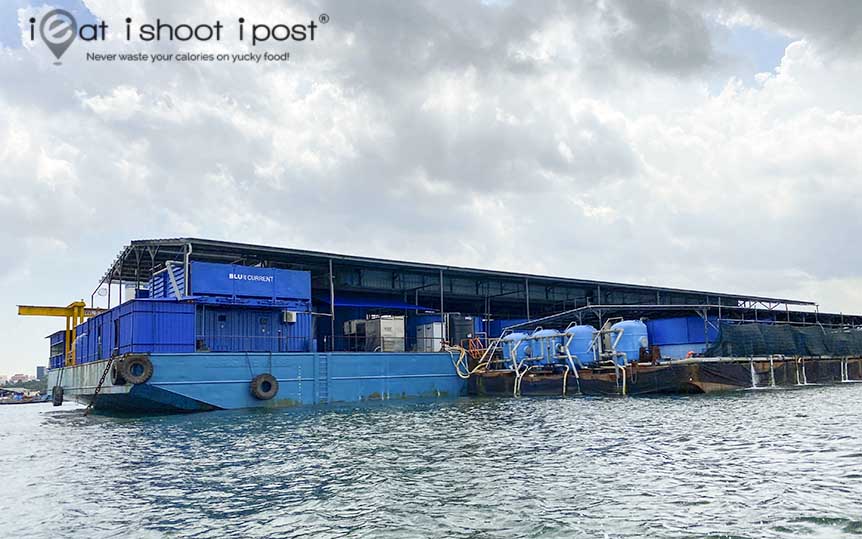
Singapore has set the ambitious goal of producing 30% of our nutritional needs locally by 2030. Locally produced vegetables, eggs and fish currently account for less than 10% of our nation’s food In 2019, Singapore produced 4700 tonnes of food fish from 122 licensed farms which is about 10% of our annual consumption of fish. In order to meet out target of 30% by 2030, modern fish farmers are developing new technologies to increase the productivity of our farms. After our visit to today’s high tech fish farm – BluCurrent, it looks like we are well on track to meet our goal!
Countering Open cage uncertainties
Singapore’s coastal fish farms have experienced two major episodes of harmful algae bloom (HAB) and oil spills over the last decade which had decimated fish stocks. It is clear that the traditional fish farms where fish are reared in open net cages is unsustainable especially with the challenges imposed by climate change.
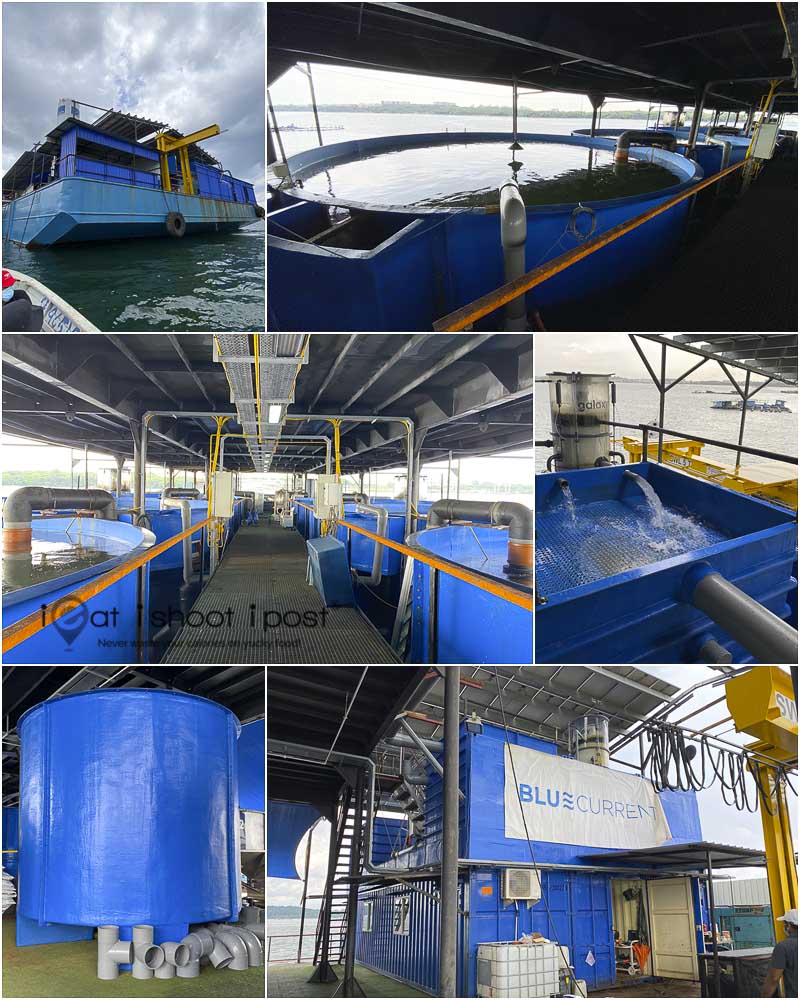
To counter the uncertainties of open net cages, Singapore Aquaculture Technologies has developed a floating, closed-containment aquaculture system where fish are reared in large tanks placed upon barges. Seawater is pumped through a filtration system to rid the water of potential pathogens before entering the tank. This ensures a constant, predictable environment where the fish can thrive in controlled conditions.
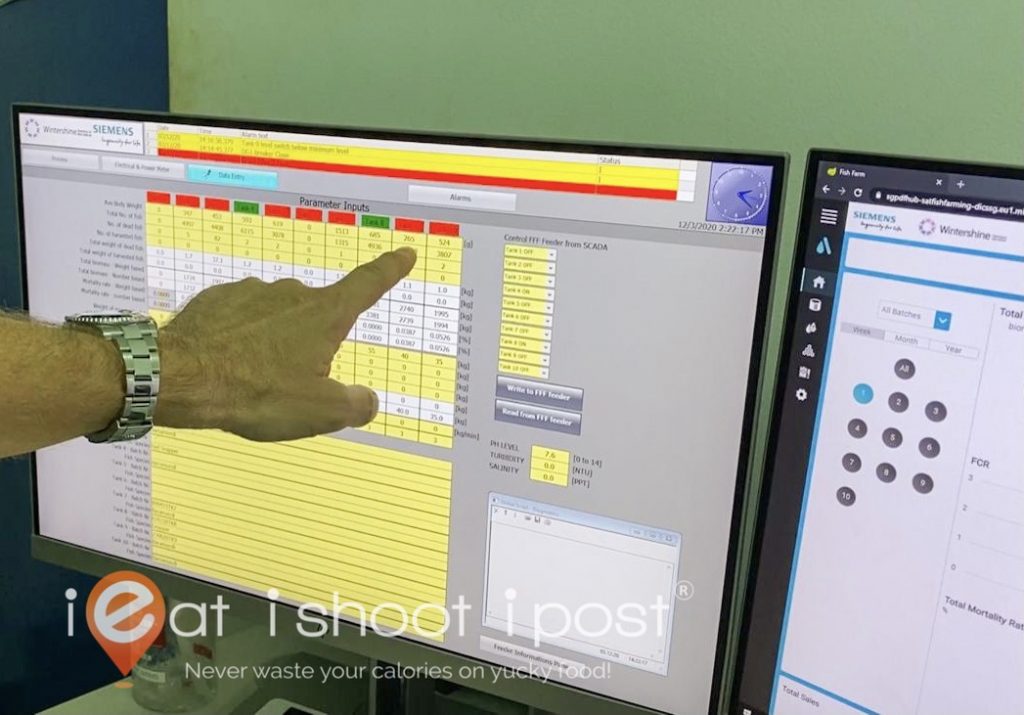
If the fish are in tanks, why locate in the sea?
The answer is very logical- proximity to seawater Imagine if the farm was located on land, then long pipes will have to be built to pump fresh seawater to it. Not only will that increase costs but may introduce other problems. Plus, for land scarce Singapore, it makes a lot of sense to utilize our near-shore waters.
The Smart Farm
By using artificial intelligence and the Internet of Things (IoT), processes such as feeding, regulating flow rates of water and oxygen and monitoring of growth and health of fish have all been automated. Hence the fish are protected from adverse environmental conditions and their health are monitored continuously so that any diseases can be treated early All these measures translate to higher productivity and yield.
At the same time, this has allowed the aqua-culture trade to create new jobs not just in the management of these high-tech farms, but in research and roles in customer service, marketing and sales.
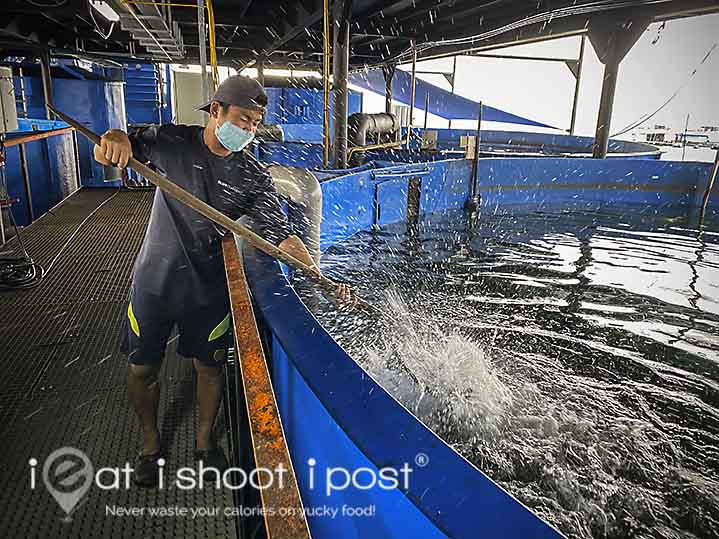
What does it mean for us – the consumer?
So why should we buy local fish especially when it is usually slightly more expensive than imported fish? I think when it comes to seafood, the top priorities of the consumer are flavour and freshness When it comes to the Asian Seabass or what is commonly known as kim bak lor,I am sure we have all experienced some which has that awful muddy tasteThe Asian Seabass is euryhaline, which means it can thrive in both fresh or salt water. Those bred in stagnant, freshwater ponds will often develop that muddy taste whereas fish grown in flowing seawater will not.
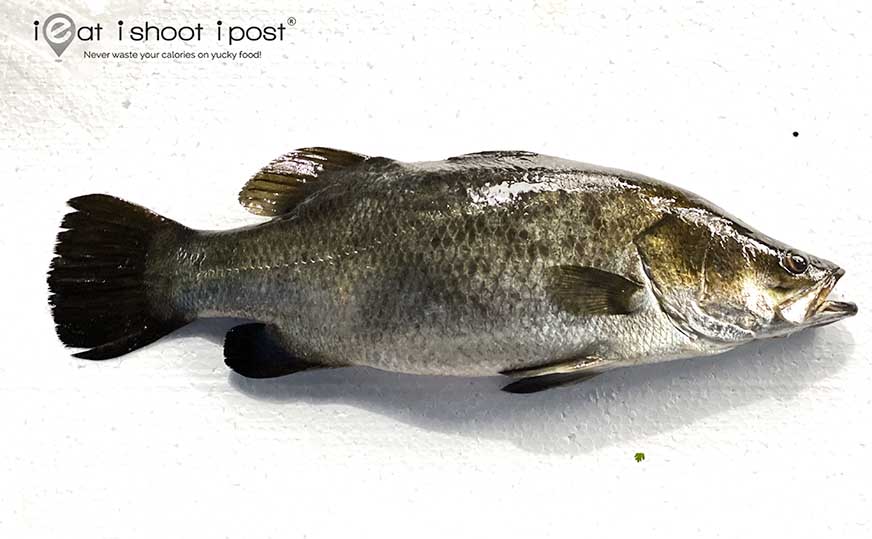
Blucurrent’s Recirculating Aquaculture System (RAS) creates a controlled environment through a multi-level water treatment process which ensures that the fish are always swimming in well oxygenated and clean seawater which ensures that the fish doesn’t have a muddy taste.
Source: http://ieatishootipost.sg/blucurrent-smart-fish-farm-look-future-fish-farming/

